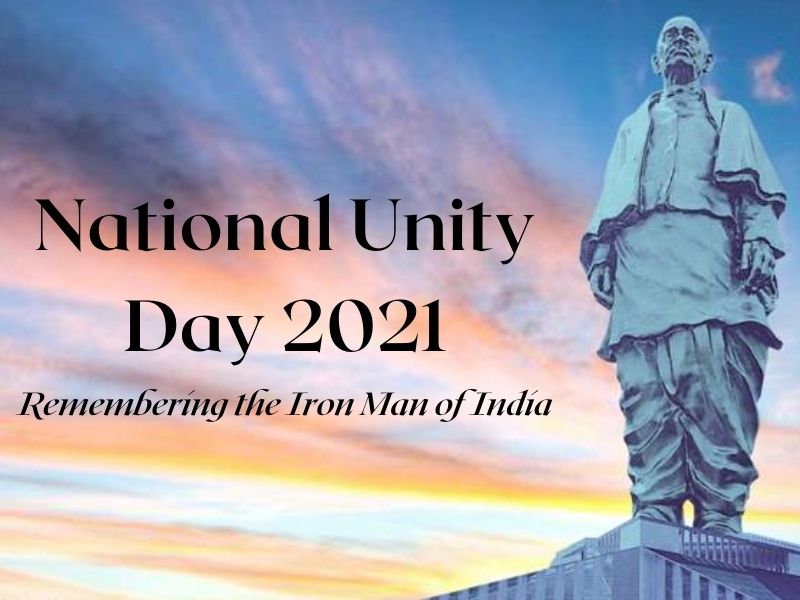-Riya Ganguly
This National Unity Day marks the 146th birth anniversary of the Indian freedom fighter and politician. The Government of India declares a theme each year for the celebrations of National Unity Day; some of the themes from past year celebrations include ‘Unity in diversity is better than, unity in similarities’ in 2020 and ‘To bring the nation together, united in times of strife and rising extremism’ in 2019. National Unity Day is celebrated across the country in various educational and political institutions in the form of cultural programmes commemorating the freedom fighter; in addition, a nationwide ‘Run for Unity’ is conducted annually at New Delhi for various age groups, and the Rashtriya Ekta Divas Parade is organized by the government where the prime minister pays a public tribute to Sardar Vallabhai Patel.
On the occasion of the 146th birth anniversary of the visionary statesman, here are 10 interesting facts about the ‘Iron Man of India’.
- Despite nationwide celebrations honouring the statesman, Sardar Patel was not actually born on October 31! He had mentioned the date at random while appearing for the Matriculation exam, and there being no official record of his birth date, October 31 came to be considered as his birth anniversary.
- To commemorate Patel’s legacy, the Statue of Unity was constructed and inaugurated in 2018 by the Narmada River in Gujarat. Standing at 182 metres, the monument is currently the tallest statue in the world, the height corresponding to the sum total of assembly constituencies in Gujarat.
- The Bharat Ratna Award- the highest civilian award of India- was awarded to Patel posthumously in 1991 in recognition of his contributions to the independence and integration of India.
- Patel was an Indian barrister and is famously known to have had no affinity to join politics; it was only after his rendezvous with Gandhi in 1917 that he was inspired to join Indian politics, soon becoming an indispensable force of the Indian independence struggle as a senior leader in the Indian National Congress.
- Patel also worked towards perpetuating equal rights for minorities and women across the country and paid significant efforts against prejudices and practices such as untouchability and caste discrimination.
- Sardar Vallabhai Patel was featured on the cover of Time Magazine on January 27, 1947, with the caption ‘A bald dilemma and a sharp right horn.’
- On account of his role in the unification of India, Patel is often referred to as ‘India’s Bismarck’ in being compared to the conservative German statesman Otto Von Bismarck, who also played a pivotal role in the political unification of Germany in the 1860s.
- Shashi Tharoor’s character of Vidur Hastinapuri is famously supposed to be based on Patel along with the character of Vidur in the Mahabharata. Patel has also featured in several biopics and historical dramas, being played by various Indian actors such as Paresh Rawal, Saeed Jaffrey and Arun Sadekar in Sardar, Gandhi and Hey Ram respectively.
Also read: Some interesting facts about Pandit Jawaharlal Nehru
